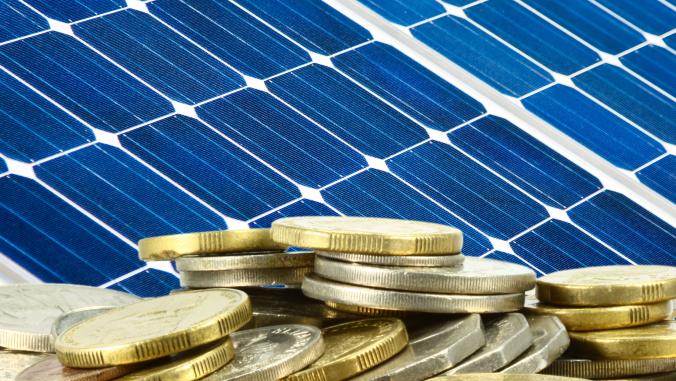**DO NOT USE** How New Jersey created the U.S.'s first Energy Resilience Bank
<p>The state-run bank will use Superstorm Sandy disaster relief funds to finance energy resilience by increasing the number of distributed energy resources.</p>
DUPLICATE OF http://www.greenbiz.com/blog/2014/08/19/new-jersey-creates-nations-first-energy-resilience-bank
DO NOT USE
The Third National Climate Assessment, published in May by the US Global Change Research Program, affirmed that extreme weather events such as Superstorm Sandy in 2012 are already on the increase due to climate change. While scientists are cautious about attributing single weather events to climate change, a 2013 report by the National Oceanic and Atmospheric Administration (NOAA) concluded, “climate-change related increases in sea level have nearly doubled today’s annual probability of a Sandy-level flood recurrence as compared to 1950.”
The Northeastern US, which bore much of the brunt of Sandy's devastation, is therefore more likely to experience an increase in extreme weather events in the form of hurricanes; as as the effects of Sandy indicated, the infrastructure of most if not all of the states in the path of hurricanes is unprepared to deal with such events. The way in which electrical power is distributed—through centralized grids—makes the region far more vulnerable to massive power outages.
In New Jersey alone, more than two million households lost power during Sandy, many of them for extended periods of time. Recognizing that centralized grids are insufficient for dealing with such extreme weather events, the state announced recently that it has taken steps to establish the nation's first Energy Resilience Bank (ERB).
“Utilizing $200 million through New Jersey’s second Community Development Block Grant-Disaster Recovery (CDBG-DR) allocation, the ERB will support the development of distributed energy resources at critical facilities throughout the state,” a press release stated.
The ERB will provide funding in the forms of low-interest loans and grants “to critical facilities that offer the greatest resilience benefits for the State.” The first priority of the ERB will be providing distributed energy solutions to water and wastewater treatment plants.
Due to power outages in water and wastewater treatment plants during the storm, millions of gallons of raw sewage were dumped directly into the state's waterways.
“Distributed energy resources, including combined heat and power (CHP), fuel cells (FC) and off-grid solar inverters with battery storage, allowed some critical facilities, such as hospitals, wastewater treatment plants and universities, to remain operational while the electric grid was down,” the state reported. “The launch of the ERB will enable many more such facilities to remain operational during future outages. In addition to providing resilience, the benefits of distributed energy resources also include lower and stable energy costs, a cleaner environment through reduced emissions, and increased overall efficiency.”
“New Jersey has created a model to finance resilient power projects, to protect against power outages during severe weather events,” Lewis Mildord, President of Clean Energy Group (CEG), wrote. “The ERB is an important way for states to finance projects like solar with energy storage in food banks, fire stations, wastewater treatment plants, and schools. This is a model that other states should track and evaluate for possible replication.”
Mildord also noted that in addition to low-interest loans and grants, the ERB “can also provide credit enhancement for bond issuances and other private financing participations.” Such participations seem to fit the community investment strategies of sustainable investors. In 2012, in the aftermath of Sandy, Community Capital Management (CCM), a Florida-based fixed income investment manager, invested $100 million in disaster recovery and redevelopment projects in the Northeast.
This article originally appeared at SocialFunds.com. Top image





